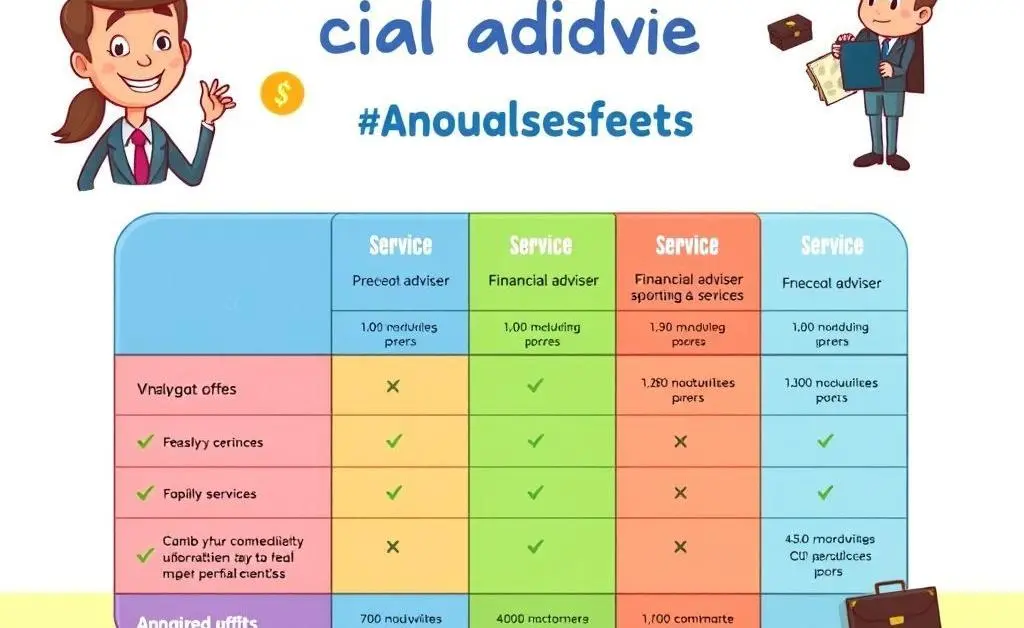Understanding Pension Adviser Fees: What You Need to Know
Explore why pension adviser fees vary and how to choose the best option for your future savings.

Ever wondered why some pension advisers charge such high fees? This common concern has crossed the minds of many trying to navigate the murky waters of retirement planning. Let's dive into the world of pension adviser fees, shedding light on why they vary and how to ensure you're getting the best advice for your future. If you've ever felt lost in the sea of percentages and promises, you're not alone!
What Do Pension Adviser Fees Cover?
To start, it's essential to understand what those fees are actually paying for. Pension advisers offer a range of services, from initial consultations to comprehensive retirement planning. Here's a simple breakdown of what might be included:
- Initial Consultation: Understanding your needs and goals.
- Strategic Planning: Crafting a tailored investment strategy.
- Ongoing Management: Regular reviews and adjustments.
Each of these services requires expertise and time, which is why fees can sometimes seem steep.

Why Do Fees Vary?
Fees can differ based on the adviser's business model and the complexity of the service you require. Some advisers charge a flat fee, while others take a percentage of your invested assets. It’s crucial to understand the trade-offs of each:
- Flat Fees: Predictable costs, suitable for more straightforward plans.
- Percentage-Based: Potentially more aligned with performance but may lead to higher costs with larger pots.
Choosing the right structure can feel a bit like choosing between sparkling and still; it depends on your preference and financial situation.
Personal Story: Jane's Pension Adviser Experience
Take the story of Jane, a fictional character who decided to consult a pension adviser after years of workplace contributions. Jane was initially surprised by the 1.5% fee suggested, prompting her to compare a few advisories.

After speaking with three advisers, Jane realized the percentage didn't tell the whole story. One adviser stood out by offering personalized quarterly reports and regular financial health checks, which brought her peace of mind. Jane's anecdote shows that sometimes, paying a bit more can translate to real, tangible benefits.
How to Choose the Right Adviser
When selecting an adviser, consider these tips:
- Look for credentials and experience.
- Understand their fee structure – don’t be afraid to ask for details.
- Evaluate the services included in the fee.
- Check for reviews or recommendations from other clients.

In conclusion, while adviser fees can initially seem daunting, understanding what you're paying for and why can help you make an informed decision that feels right for you and your retirement goals. What's the most surprising thing you've discovered on your journey to understanding pension fees?




